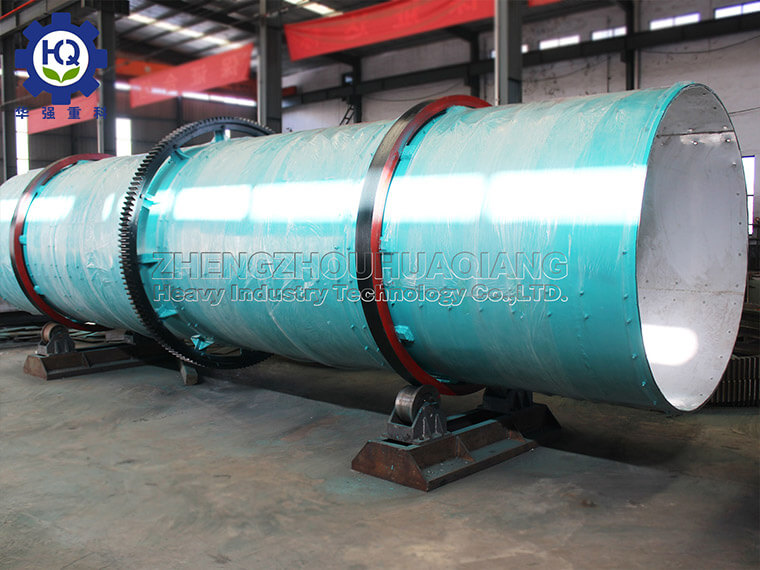The rotary drum granulator is a comprehensive granulator that combines organic fertilizer stirring teeth granulator and rotary strand granulator. It is designed and manufactured using a new wet continuous push rod granulation process. This machine can not only granulate various organic substances, but also for coarse fiber materials that are difficult to granulate using conventional equipment, such as crop straw, wine residue, bacterial residue, pharmaceutical residue, animal manure, etc. After fermentation, they can be granulated, Moreover, the granulation effect of raw materials such as humic acid and urban sludge is also very good.

A rotary drum granulator, in which steam, gas ammonia, or phosphoric acid or nitrogen solution, phosphorus ammonia slurry, and heavy calcium slurry are introduced into the machine, and chemical reactions and hot compound fertilizer granulation processes are carried out in the cylinder; Or the cold granulation process of compound fertilizer with a small amount of water supplementation. The material that needs to be granulated is rotated through the cylinder, causing rolling rotation when there is no material in the cylinder, and then agglomerates into balls at a certain humidity and temperature to form the ball making process. The drum granulator is one of the key equipment in the compound fertilizer industry, suitable for cold and hot granulation as well as large-scale production of high, medium and low concentration compound fertilizers.
The drum granulator is based on the principles and technology of the stirring tooth granulator and drum granulator, carefully developed and repeatedly tested. The machine produces bacteria at room temperature, has a reasonable structural design, and can produce spherical particle products. It produces particles with low water content, easy drying, high molding rate, good particle strength, and beautiful appearance. It is a granulation equipment for biological organic fertilizers, organic inorganic fertilizers, and organic fertilizer inorganic compound fertilizers.